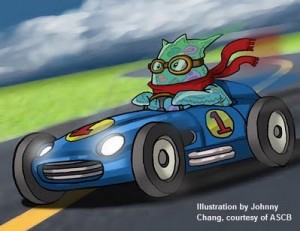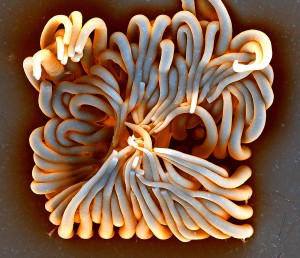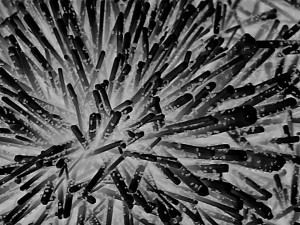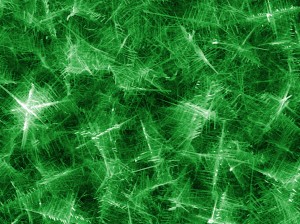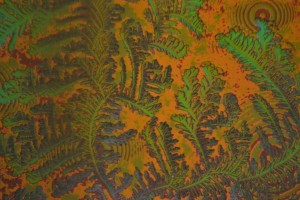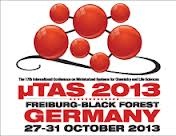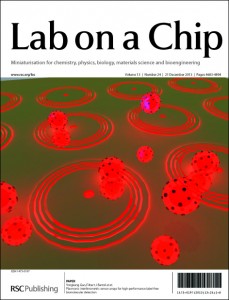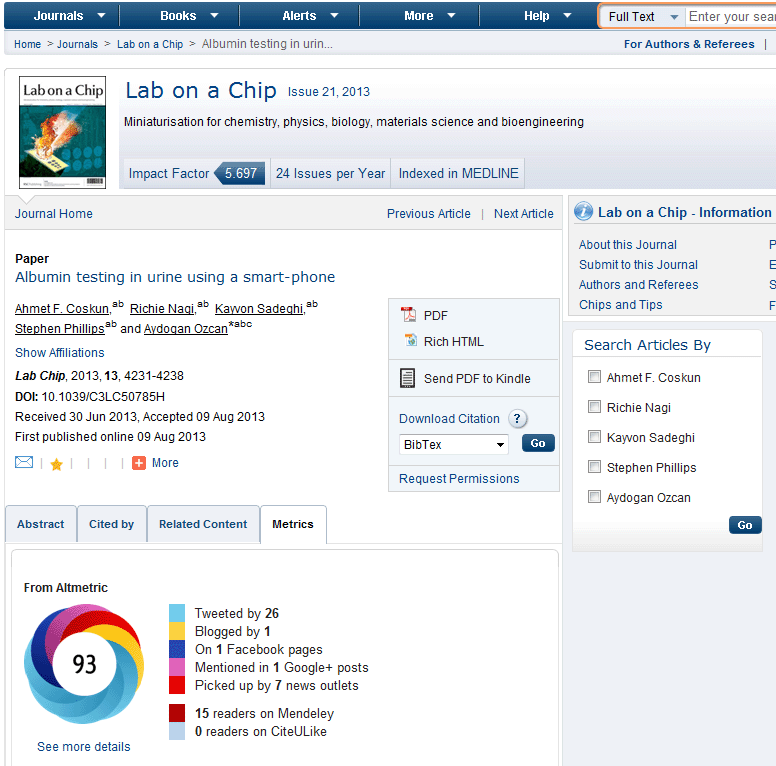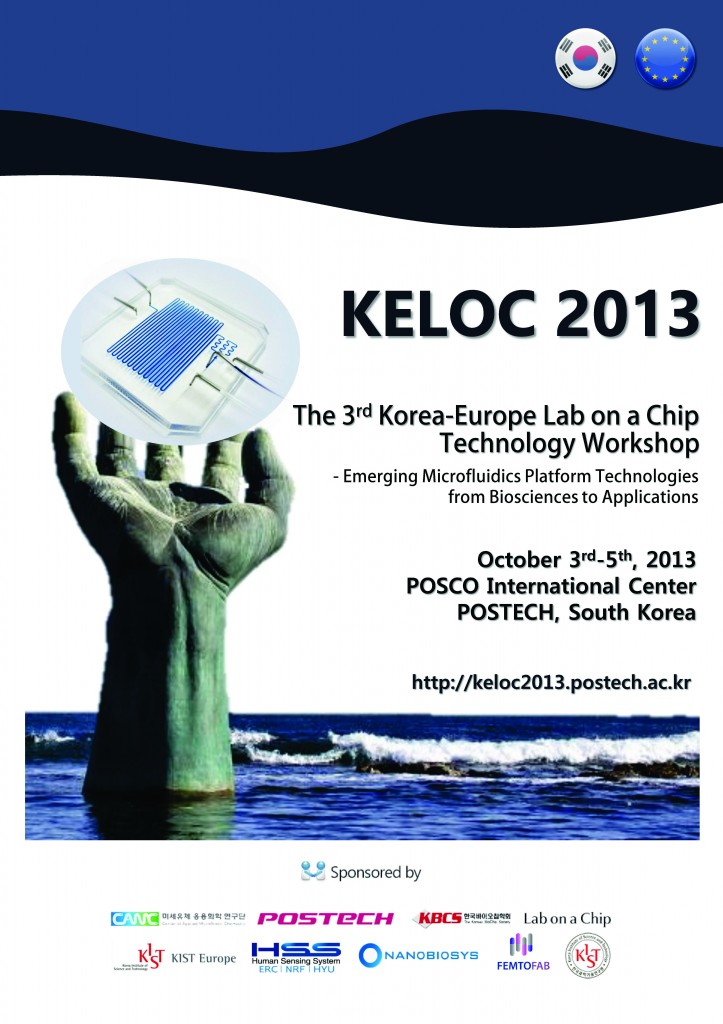What?
The Dicty World Race is a cell engineering challenge – competitors must apply their knowledge of chemotaxis to engineer the ultimate chemotaxing cell line. The test is between Dictyostelium, HL60 cells and human neutrophils.
Cells will navigate a complex microfluidic maze to reach a pool of chemoattractant at the finish line. As the race goes on, chemoattractant will diffuse through the microfluidic device, creating a spatial gradient to guide cells along the shortest path.
When?
The date for the 2014 Dicty Race is set for Friday May 16
Why?
To show off your molecular skills!
If you need more encouragement to take part, the winning team will win $5,000 and 15 minutes of fame at the Annual Dicty Conference.
More info?
Visit the website for more details: https://sites.google.com/site/dictyworldrace2014/


